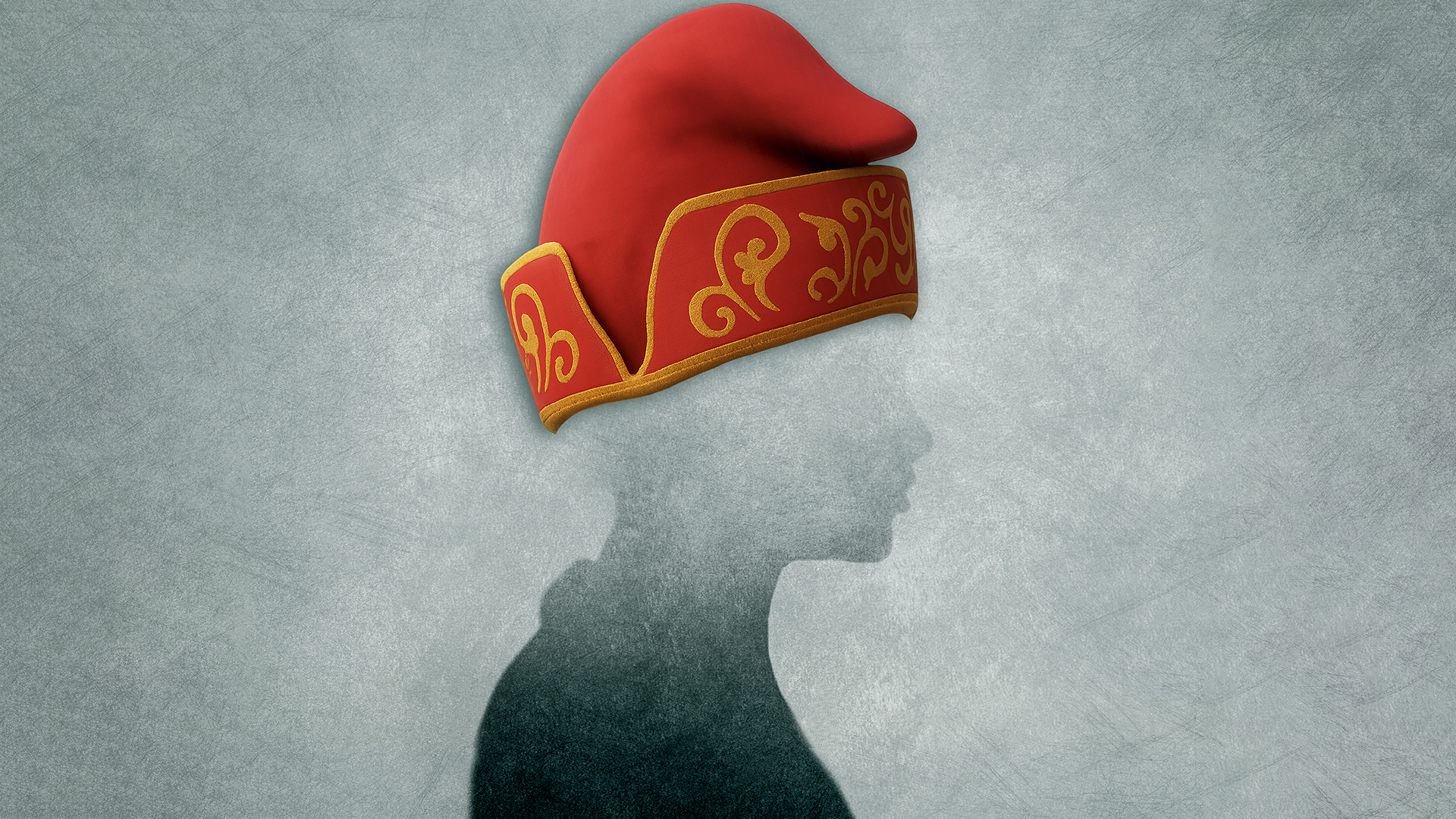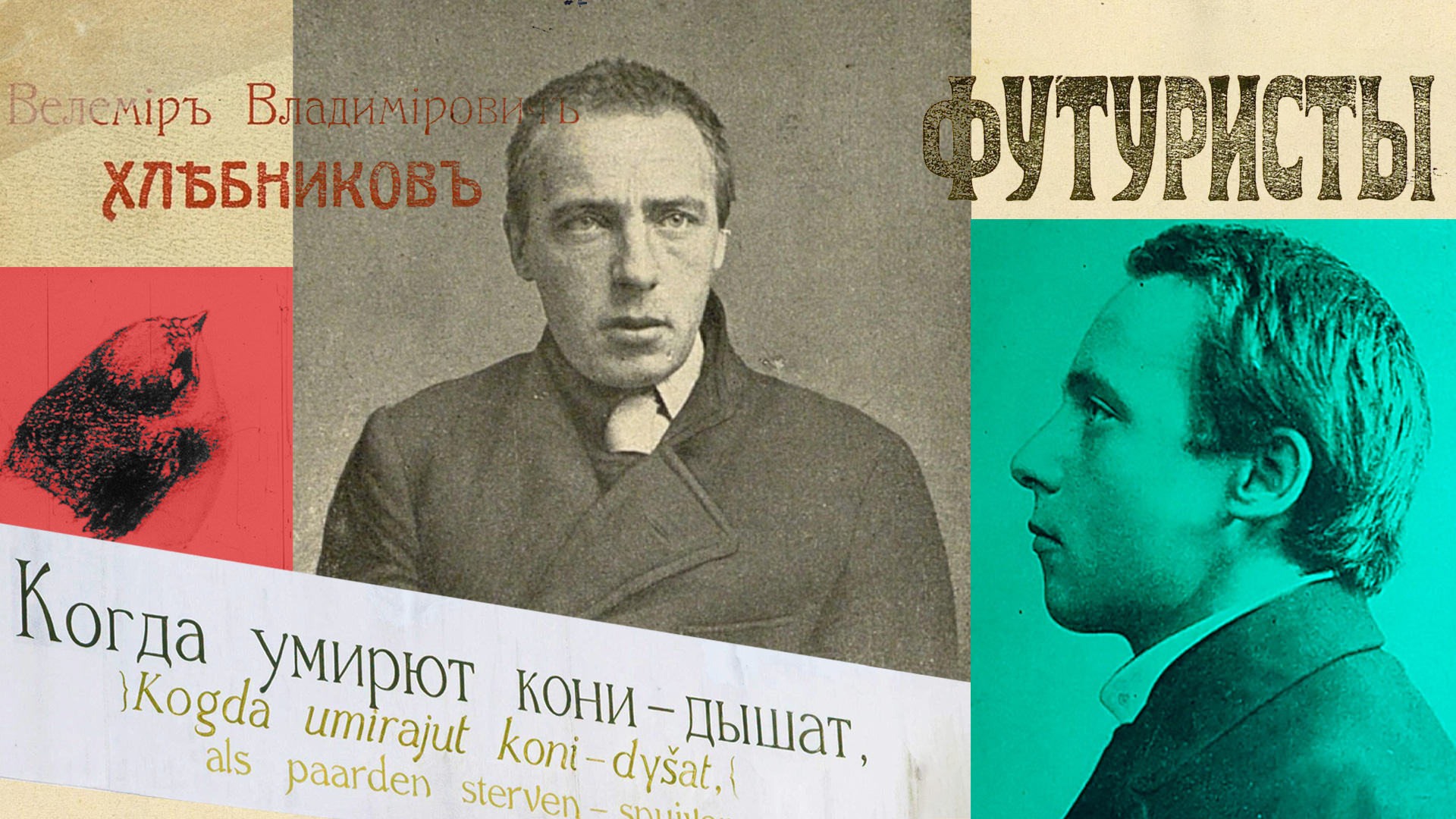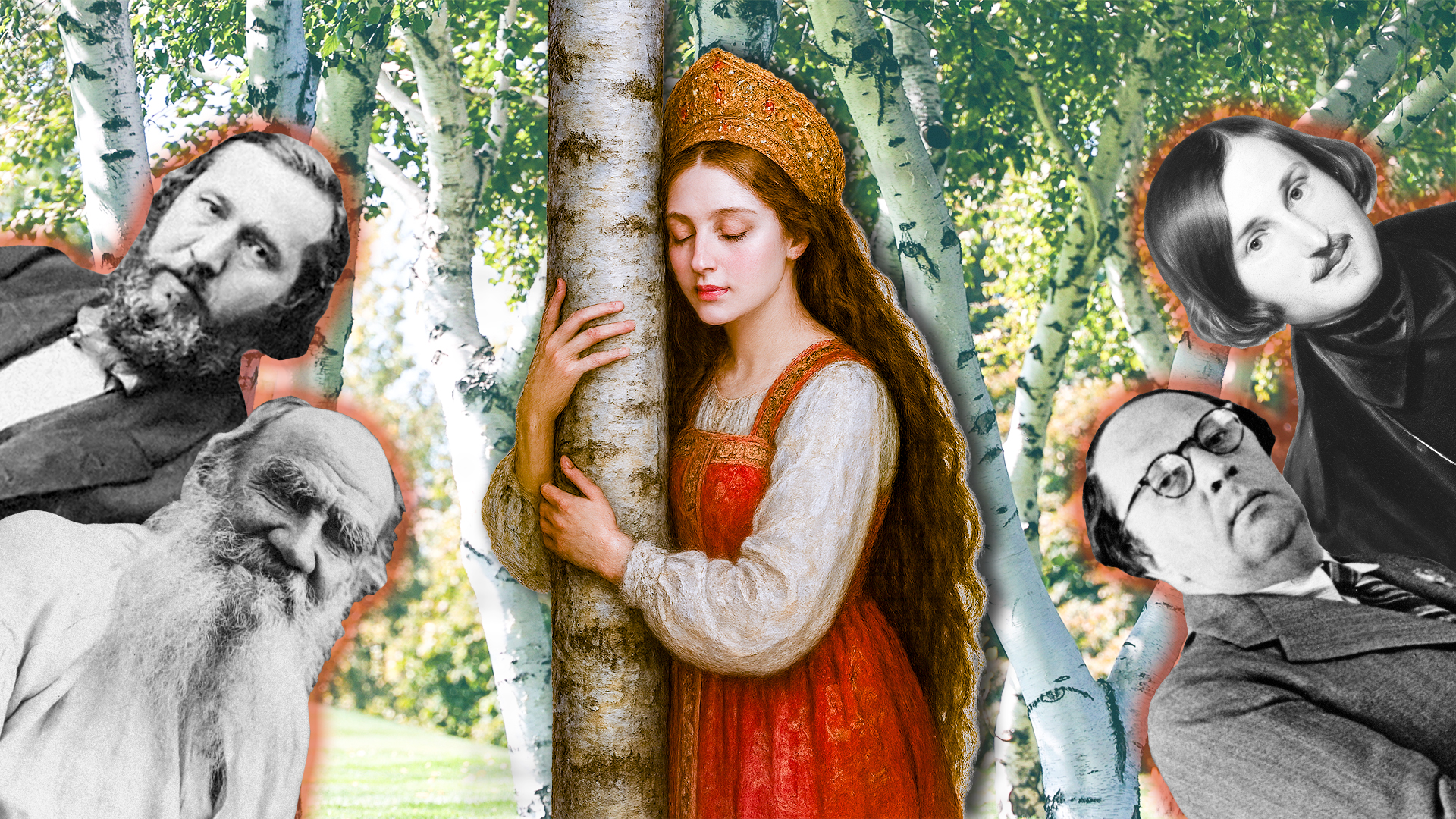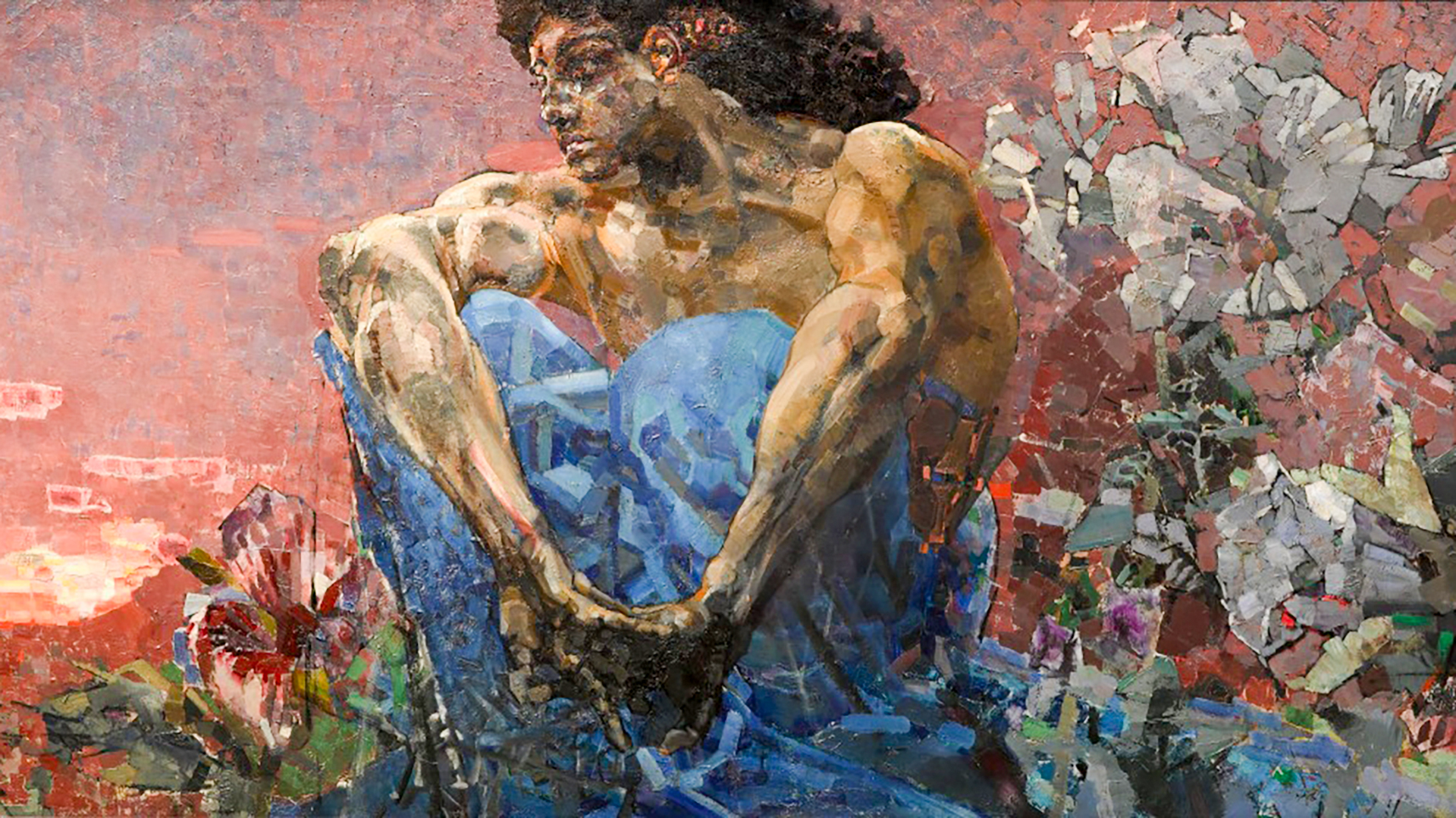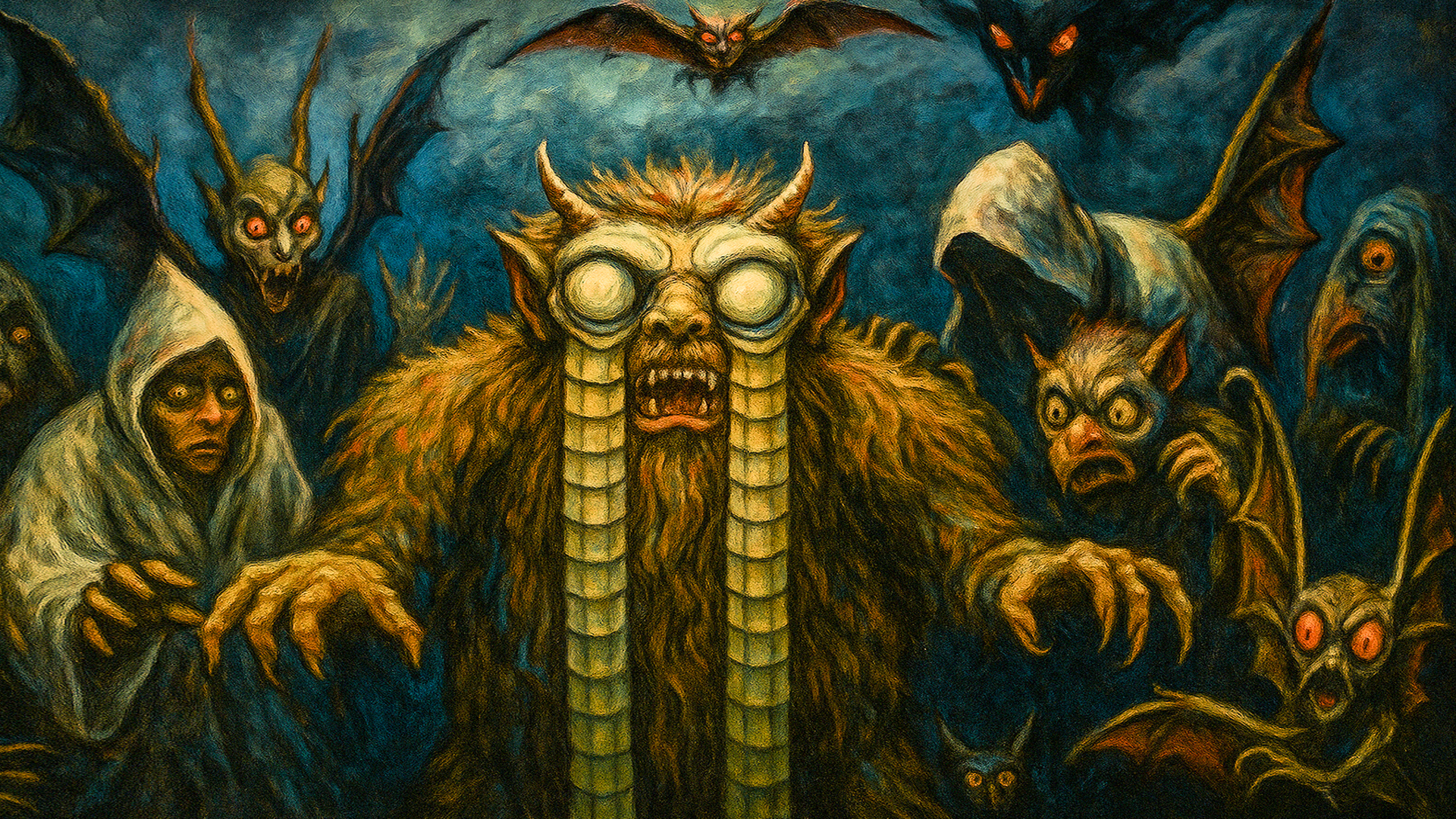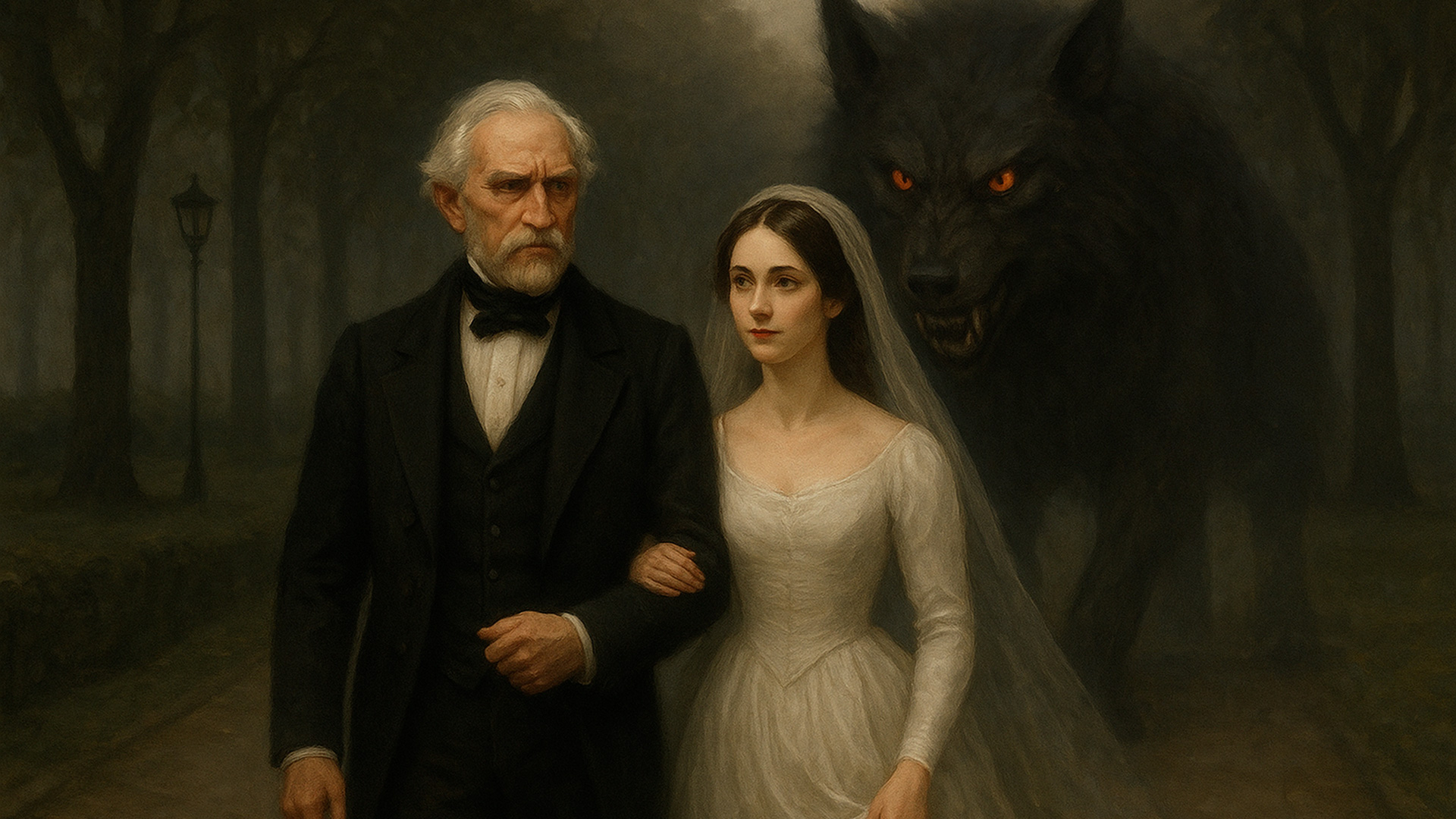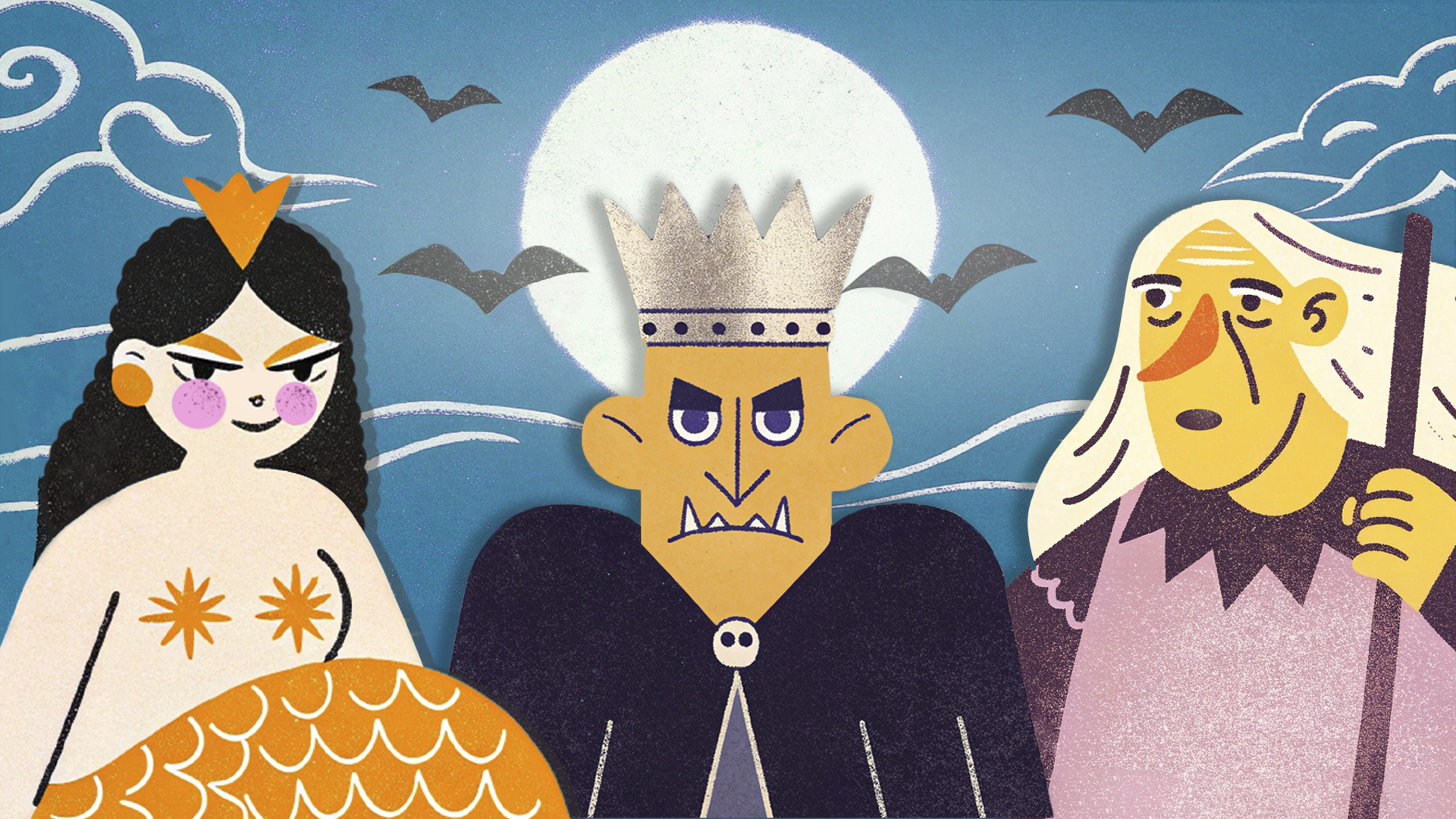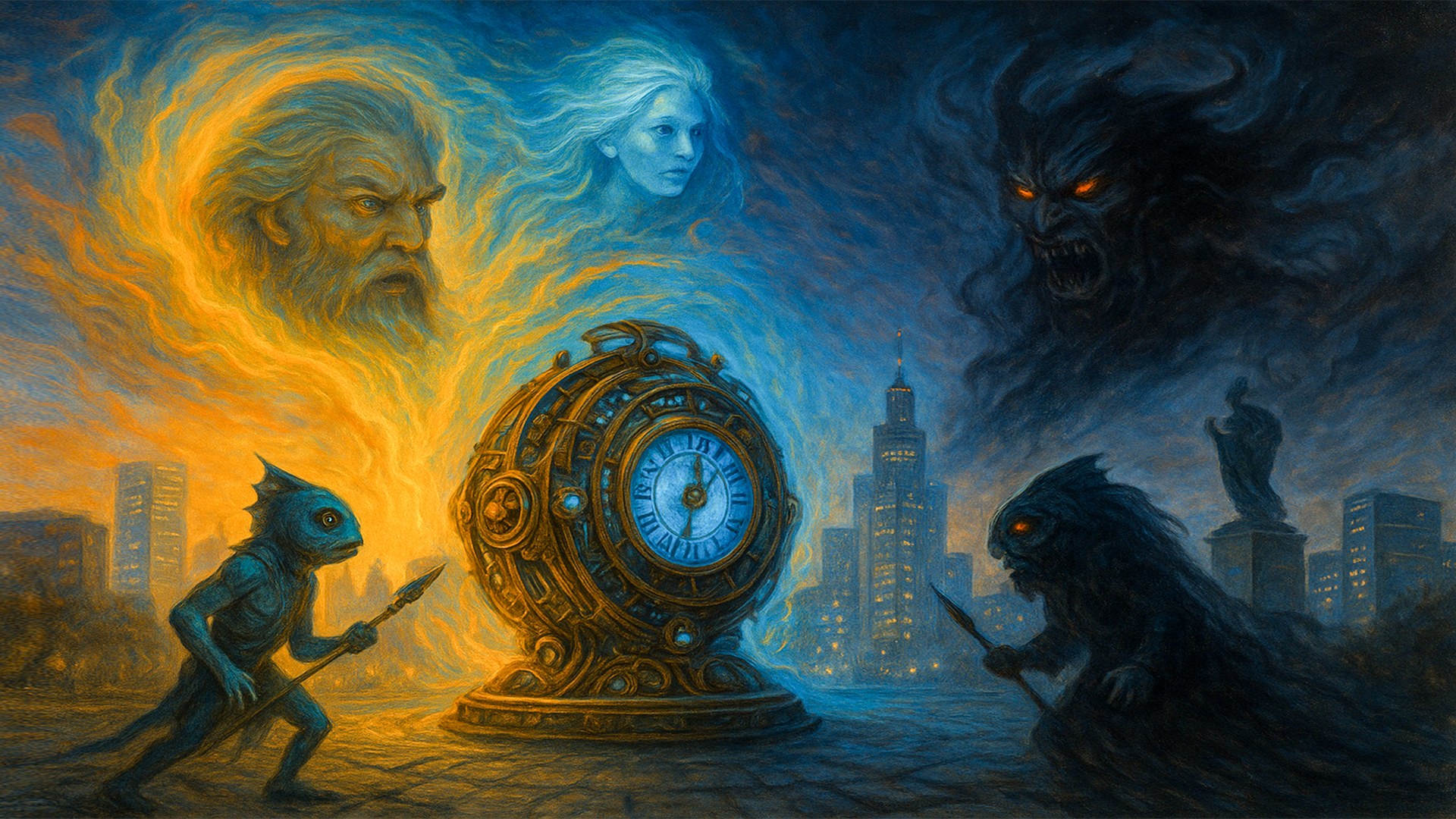
The origin of the ‘Magic Tablecloth’
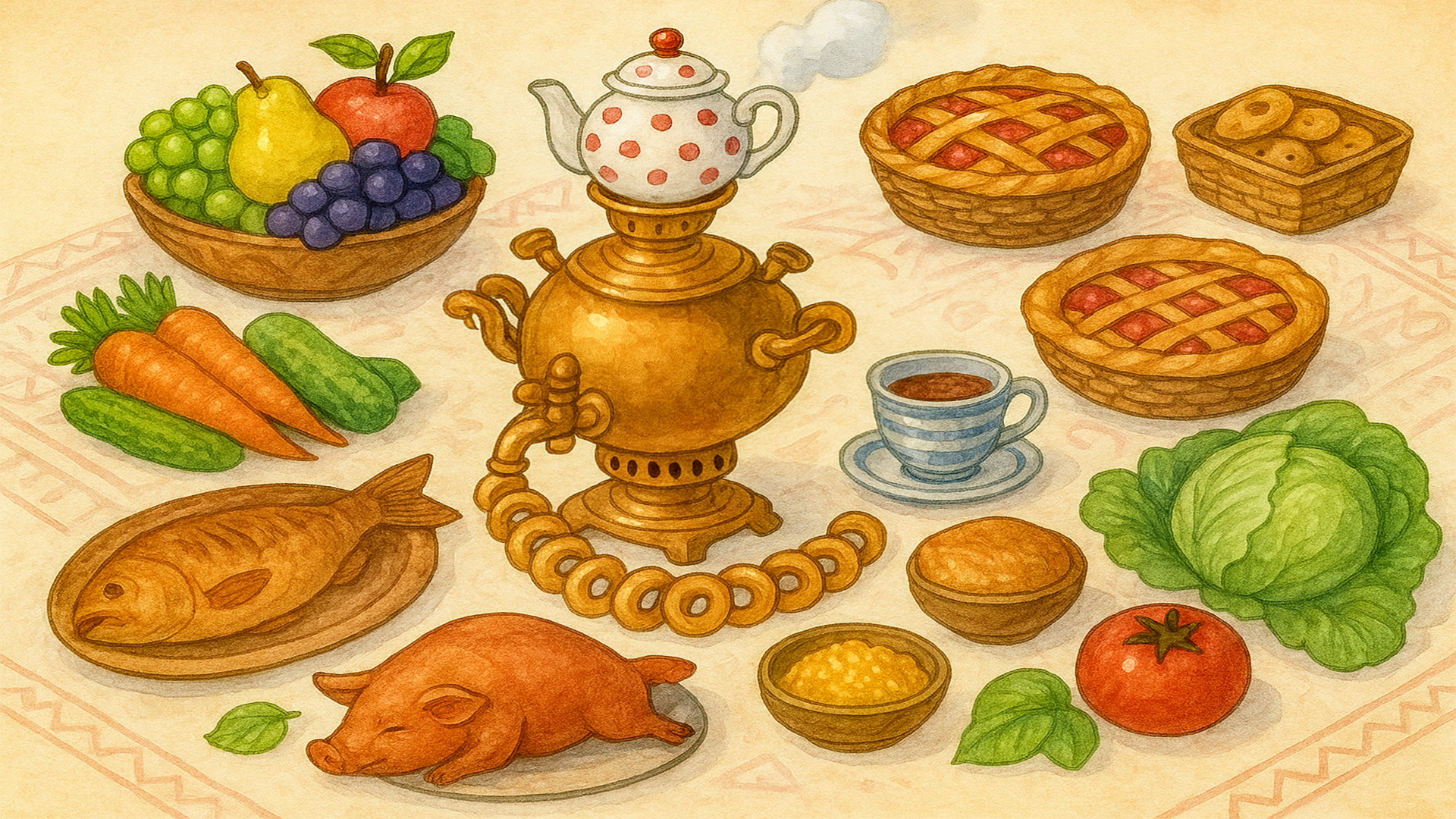
With the development of agriculture and horticulture, a myth emerged of another world as a place of abundance, where food grows without human effort. This dream was embodied in the motif of the "land of rivers of milk and banks of jelly", an ancient image that marked the transition from magical power over animals to the dream of ready-made, eternal abundance.
However, magical power in folklore is never simply given: only an object obtained through a special, sacred means can be considered magical. In fairy tales, the ‘skatert-samobranka’ (or ‘magic tablecloth’) always comes "from there", from another world, which, in the popular imagination, was first associated with the forest and, later, with the ‘Far Far Away Kingdom’. It’s this connection to the other world that gives it the ability to provide eternal nourishment. It was believed that food brought from the realm of the dead, the source of this abundance, became inexhaustible in the world of the living, which formed, among other things, the basis for the image of a magical tablecloth.
Interestingly, the very name ‘skatert-samobranka’ (lit. ‘self-assembled tablecloth’) has a dual interpretation, reflecting both mythological and everyday roots. On the one hand, it comes from the words ‘sama’ and ‘tak’, that is, a tablecloth that covers itself with food. On the other hand, historically, a ‘braided tablecloth’ signified an expensive, elegant, hand-woven tablecloth woven in a special pattern. Such tablecloths adorned festive feasts in real life. Thus, this magical object is presented as a very beautiful and expensive tablecloth with the power to feed countless people with exquisite dishes.


